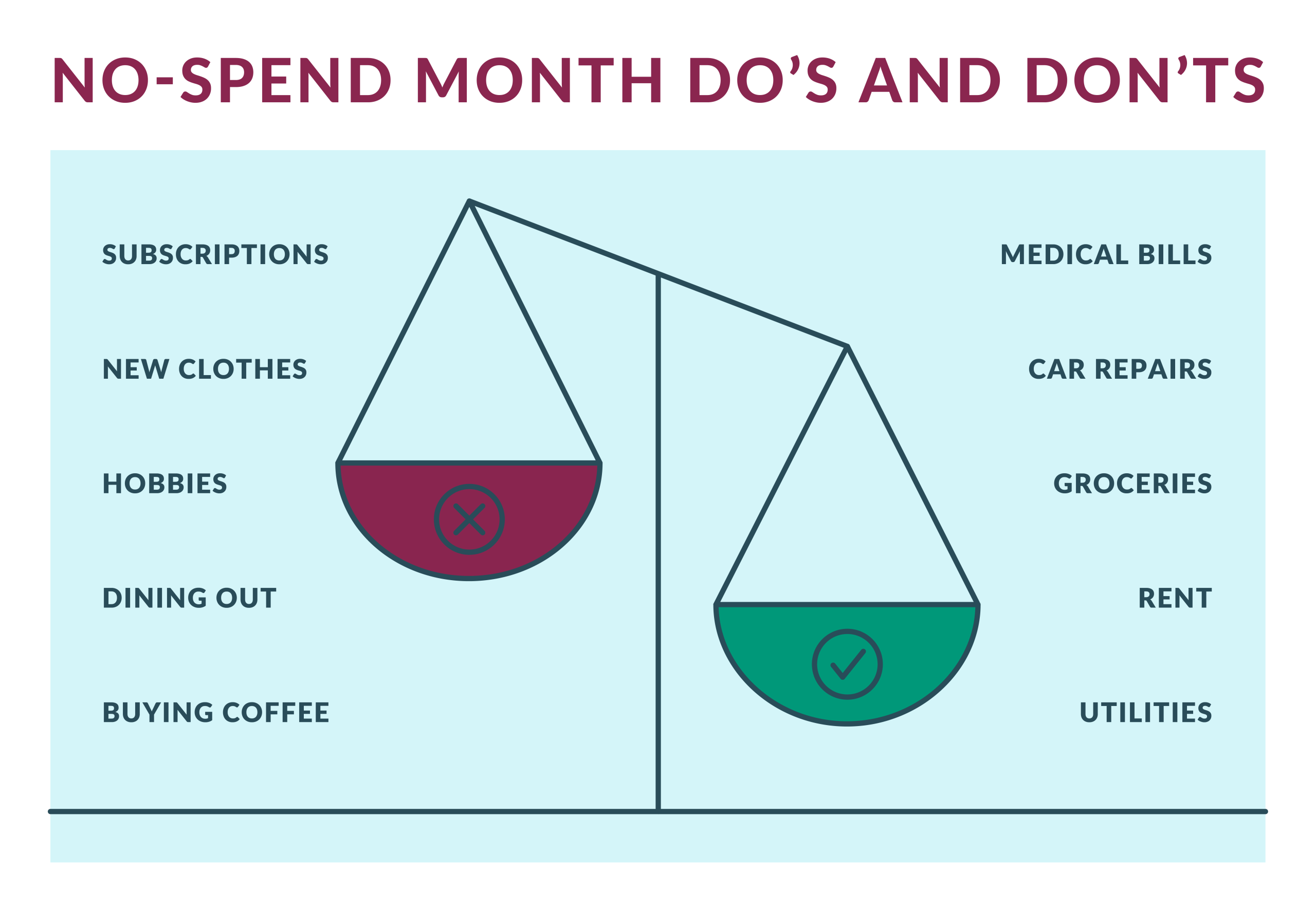Anúncios
Credit cards offer many benefits to users, from rewards programs to fraud protection. However, a lesser-known benefit is the statement credit feature on your bill.
Statement credits can provide immediate financial relief by reducing your credit card account balance.
This typically happens in various situations, such as returns, rewards redemptions, or billing disputes. To better understand how credit card statement credits work, keep reading!
What is a Statement Credit on a Card?
A statement credit on a credit card is essentially a refund applied directly to your account, reducing the outstanding balance.
Instead of receiving cash, a check, or a bank deposit, the refund is applied to your credit card balance, reducing the amount you owe.
It can come from several sources, such as refunds for returned items, redeemed points or rewards, or price adjustments on certain purchases.
Think of it as money returned to you, but instead of increasing your available balance, it reduces the debt you owe to the credit card company.
Understanding how a statement credit works can help you better manage your finances. For example, if you frequently use a rewards credit card, knowing when and how you can receive a statement credit can help you plan purchases and save money.
When Can a Statement Credit Be Issued?
There are several situations where you may receive a statement credit on your credit card bill. Below, we’ll discuss the most common situations in detail.
For a Return
One of the most straightforward ways to receive a statement credit is through a refund for a returned item.
When you purchase something with your credit card and then decide to return the item, the merchant will typically issue the refund as a credit to your card.
So, instead of seeing that amount reflected in your bank account or as cash, the credit will appear on your next credit card statement, reducing your total balance.
This process is usually automatic and simple, but it’s essential to monitor your statement to ensure the refund is correctly posted.
Depending on the merchant, it may take anywhere from a few days to several weeks for the credit to appear on your account.
Keep in mind that while the return may reduce your balance, it does not count as a payment toward the minimum amount due on your credit card. Therefore, you’ll still need to pay that separately.
When Redeeming Points and Rewards
Many credit cards, especially those offering travel rewards or cashback, allow cardholders to redeem accumulated points or rewards as statement credits.
For example, a cashback credit card may allow you to apply the amount you’ve earned directly to your outstanding balance.
Similarly, some travel cards let you redeem points to cover eligible travel purchases, such as flights, hotels, or car rentals.
When using rewards for statement credits, it’s essential to understand the conversion rate. Not all reward points have the same value when redeemed as credits.
For example, 10,000 points might equal $100 in travel rewards but only $75 if redeemed as a statement credit.
Always check your credit card’s rewards program terms to ensure you’re getting the best value when redeeming your points.
On Qualifying Purchases
Occasionally, credit card issuers run promotions where specific types of purchases qualify for statement credits.
These promotions may include spending a certain amount at a particular retailer or booking travel through the credit card issuer’s portal. Or even using your card for specific services like streaming subscriptions or restaurant dining.
For example, a card issuer might offer a $25 credit if you spend $500 or more in a month at restaurants.
To take advantage of these offers, you generally need to meet the spending threshold or use the card at participating locations. Once you meet the criteria, the credit is typically applied within a billing cycle.
Another example is credit cards that offer travel benefits, such as annual airline fee credits, which can be applied to purchases like baggage fees or in-flight purchases.
These credits usually require no extra effort beyond using your card for qualifying purchases.
For Price Adjustments or Disputing Charges
Sometimes, if the price of an item drops after you’ve purchased it, you may be eligible for a price adjustment.
Some credit cards offer price protection, where if you find the same item at a lower price within a specified period (usually 30 to 90 days), the difference will be credited to your account as a statement credit.
This benefit is not universal, so you’ll need to check with your card issuer to see if price protection is part of your card’s contract.
If your card does offer this feature, you’ll typically need to submit proof of the lower price for the credit card issuer to review.
Additionally, you may receive a statement credit if you dispute a charge on your card. If you believe you were incorrectly charged for a product or service or that a transaction was unauthorized, you can file a dispute with the card issuer.
If your dispute is successful, the amount in question is usually refunded as a statement credit, reducing your balance.
For Signup Bonuses
One of the best ways to earn a significant statement credit is through signup bonuses.
Many credit cards offer attractive bonuses to new cardholders who meet a specific spending requirement in the first few months of opening the account.
For example, you might receive a $200 statement credit if you spend $1,000 on purchases within the first three months after opening the card.
Signup bonuses can be a great way to quickly reduce your credit card balance, but be sure to meet the spending requirements without racking up unnecessary debt.
These bonuses are often available for a limited time, so if you’re opening a new card with this goal in mind, it’s important to plan your spending carefully.
While statement credits reduce your outstanding balance, they do not count as regular payments.
If your card’s minimum payment is $100, and you receive a $50 statement credit, you’ll still need to pay the remaining $100 to avoid late fees or interest charges.
Statement credits also don’t directly increase your available credit limit, though they do reduce your total balance, freeing up credit for new purchases.
Additionally, depending on when the credit is issued, it may or may not affect your next billing cycle.
Always review your statements carefully to see how and when the credit was applied, especially if you’re expecting a refund or have redeemed reward points.
Now that you’ve discovered how statement credits work, take advantage of this feature to improve your financial life and credit card usage.
Looking for a suggestion? Check out our content explaining how credit utilization works!






